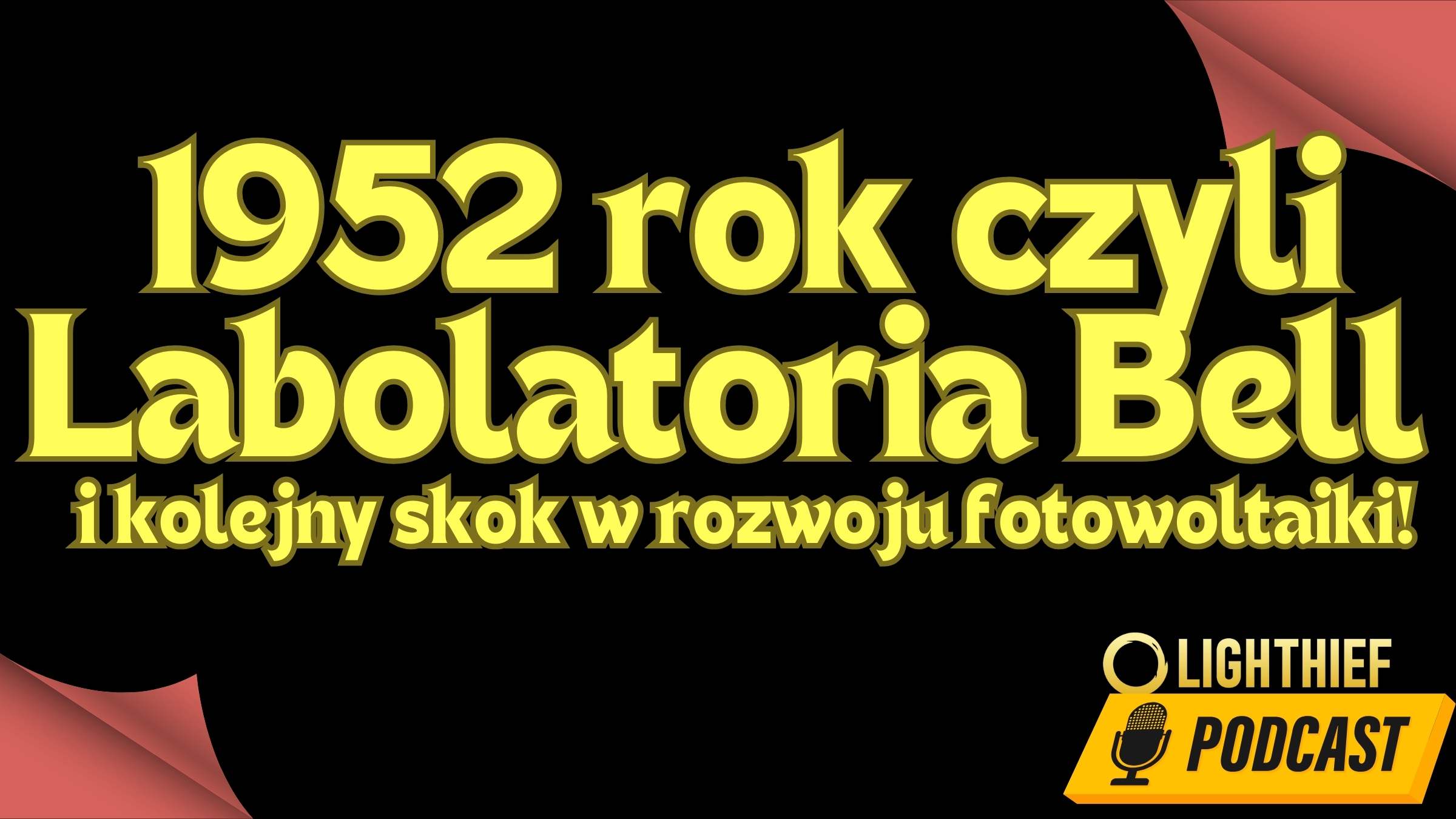Photovoltaic 1952
World discovers silicon photovoltaic cells
Daryl Chapin, Calvin Fuller and Gerald Pearson probably never imagined they would discover solar cells. These, in turn, will in time revolutionize the entire nascent photovoltaic industry.
The three scientists were simply trying to solve problems in Bell’s phone system. Traditional dry cell batteries, which worked well in mild climates, degraded quickly in the tropics. They stopped working just when they were needed. That’s why the company asked its famous research unit, Bell Laboratories, to study alternative sources of independent energy.
The task was given to Daryl Chapin. At the time, his work was testing wind machines, thermoelectric sets and steam engines. As a solar energy enthusiast, he suggested that research should include solar cells. His superior approved the idea.
Chapin began work in February 1952, but his initial selenium research was unsuccessful.
Selenium solar cells, the only kind available on the market, produced too little energy. Just 5 watts per square meter – converting less than 0.5% of incident sunlight into electricity. Photovoltaic 1952.
Information about Chapin’s problems reached the attention of another Bell researcher, Gerald Pearson. The two scientists had been friends for years. They studied at the same university, and Pearson even spent some time at the Chapins’ tulip farm.
In March 1953, Pearson was engaged in pioneering semiconductor research with Calvin Fuller. They transformed silicon devices from an experimental state to commercialization. Fuller, a chemist, discovered how to control the introduction of impurities necessary to transform silicon from a weak to an excellent electrical conductor. Fuller provided Pearson with a piece of silicon containing a small concentration of gallium. The introduction of gallium made it positively charged. So Pearson immersed silicon with a high gallium content in a hot lithium bath, according to Fuller’s instructions. The site where the lithium seeped into the silicon formed a region of weakly bound electrons and became negatively charged.
It was time for a test. Pearson directed the light from the lamp onto the lithium-gallium silicon. We can only guess whether he kept his fingers crossed. An ammeter connected to the silicon registered a significant electrical flow. To his surprise, Pearson created a solar cell more efficient than any other available at the time.
On April 25, 1954, proud Bell representatives held a press conference. Then they impressed the media with a Bell Solar Battery powering a radio transmitter that broadcast voice and music.
One journalist thought it important for the public to know that “electrically connected, Bell’s solar cells provide energy from the sun at a rate of 50 watts per square yard, while the nuclear cell recently announced by the RCA corporation provides only a millionth of a watt” in the same area.
An article in U.S. News & World Report speculated that one day such silicon strips “could provide more energy than all the coal, oil and uranium in the world.” The New York Times probably best summed up what Chapin, Fuller and Pearson had accomplished. On the front page of its April 26, 1954 edition, the Times stated that the construction of the first solar module, generating usable amounts of energy, marks “the beginning of a new era, leading finally to the realization of one of mankind’s most cherished dreams – the harnessing of the sun’s almost limitless energy for the needs of civilization.”
In 1954, the world had less than a watt of solar energy capable of powering electrical appliances. Photovoltaic 1952.
Let’s move through 50 years of continuous discovery and development of silicon and other PV materials and we’ll see it. Today, the billion watts of electricity generated by solar cells help power satellites essential to modern life, ensure the safe passage of ships and trains, provide abundant water, lighting and telephone service to many who were previously without it, and provide clean energy to those already connected to the grid. The global market for photovoltaic electricity has grown by %–25% per year over the past 10 years. According to
Solarbuzz, the international photovoltaic electricity industry currently generates about $5-6 billion a year.
With each passing year, the anticipation triggered by the pioneering work of Chapin, Fuller and Pearson – harnessing almost unlimited energy from the sun – is moving closer to fulfillment. But the revolution is not over yet. The hope for the next 50 years is to see solar cells providing energy around the world and used in ways we can’t even imagine today.
Are you planning to build your photovoltaic farm or looking for an O&M service company?
Do you want to purchase a photovoltaic or wind farm project and need an efficient and professional audit / due diligence?
Are you looking for a photovoltaic panel recycleror cleaning company for photovoltaic installations and farms?
If you are ready to act,
then so are we!
